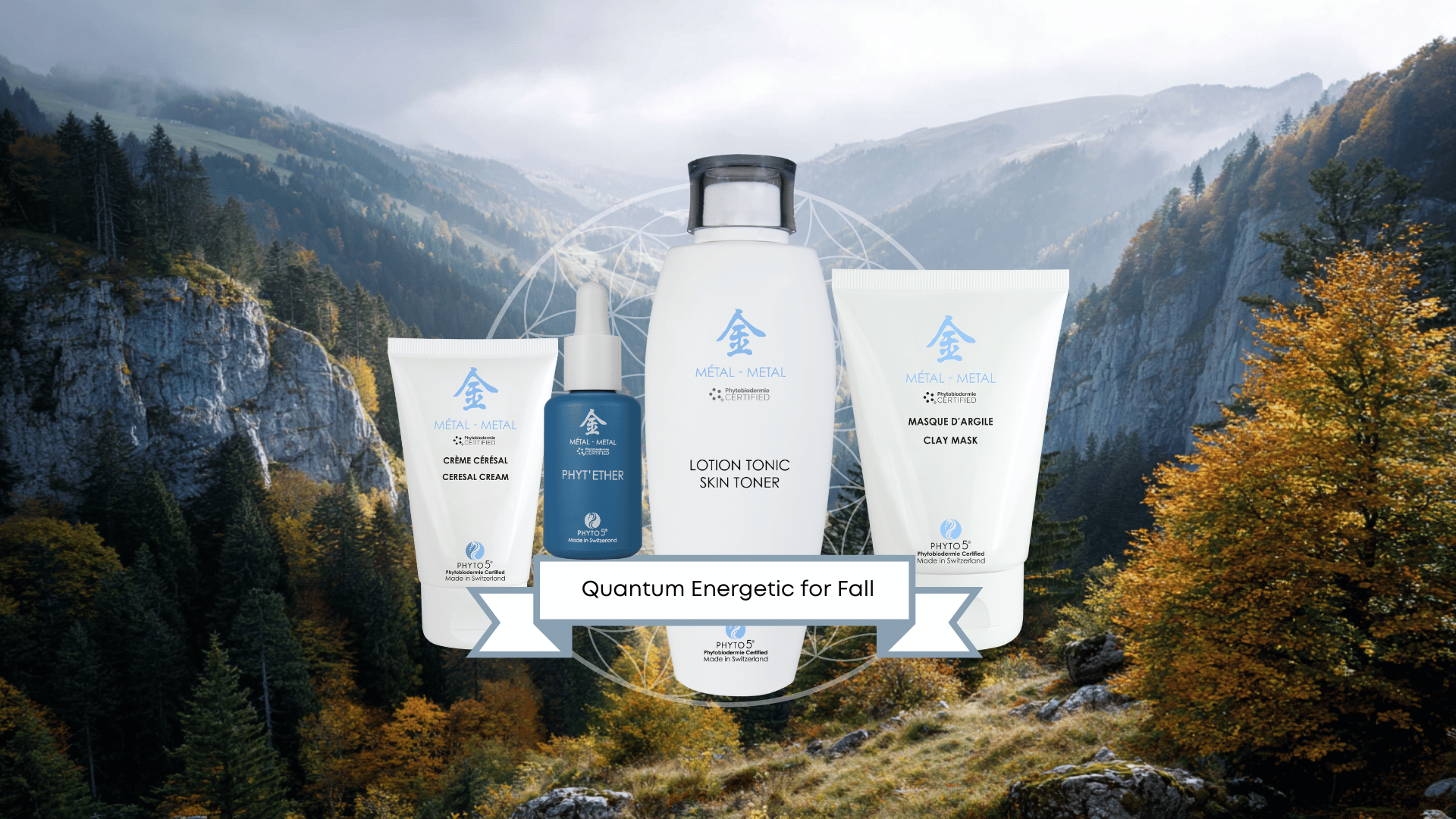As the extreme chill of Winter begins to fade, the vibrant energy of the Chinese New Year approaches, marking not just a fresh calendar page but a profound shift in the cosmic rhythm. On February 17, 2026, we step into the Year of the Red Fire Horse—a time pulsing with bold adventure, unbridled passion, and the kind of transformative fire that can light up your path or test your footing if you're not prepared.
This lunar new year, often called the festival of Chinese New Year and drawing from ancient Taoist wisdom to navigate what's ahead, is:
a celebration of reunion and renewal
an invitation to align with the universe's fiery momentum.
In Traditional Chinese Medicine (TCM) and astrology, the Fire Horse embodies the Summer season's joy.
Think expansive skies, blooming vitality, and the inner spark that urges you forward.
Susan Levitt, in her Taoist Astrology series, describes the Horse year as one of "victory, adventure, excitement, and surprising romances," where decisive action trumps hesitation and energy surges like a wild gallop across open plains.
Yet, as Levitt notes in her forecast for 2026, this Fire Horse brings a global undercurrent of rapid change—bravery rewarded, risks that pay off, but also the need for grounded wisdom to harness the flames without getting burned.
It's no wonder the Chinese New Year of the Fire Horse stirs such anticipation. This zodiac cycle, repeating every 60 years, last roared through in 1966, leaving a legacy of innovation and upheaval.
What sets the Fire Horse apart?
Unlike the steadier Earth Horses of past cycles, this red-maned powerhouse infuses the Horse's natural charisma—independence, speed, and a love for the thrill—with the Fire element's intensity.
Born under this sign, you’re likely talented, adventurous, and drawn to challenges that others shy away from. For everyone else, it's a year to channel that same spirit.
Move with purpose.
Embrace the unexpected.
Let go of what weighs you down.
Traditional sayings capture this essence perfectly. One favorite goes, "A journey of a thousand miles begins with a single step," a nod to the Horse's relentless forward stride, perfect for setting intentions as the countdown to Chinese New Year ticks on.
Predictions for the Year: Riding the Waves of Fire
Drawing from Levitt's insights and broader Chinese zodiac forecasts, 2026 promises a dynamic ride.
Here's how the energies may unfold across key areas of life, with practical tips rooted in Taoist principles to help you thrive.
Remember, these are guides, not fates. Use them to steer your own course.
Health: Balancing the Inner Flame
The Fire element governs the heart, circulation, and that radiant glow and even skin tone we all crave. But in excess (out-of-balance), Fire manifests as heat in flushed cheeks, restless energy, or even inflammation.
For 2026, astrologers warn of potential health hurdles like accidents or burnout, urging Horse and Fire-influenced signs to prioritize rest amid the year's high-octane pace.
TCM echoes this: An imbalanced Fire can show up in skin as redness or sensitivity, a signal to cool and soothe from within.
To counter this, incorporate cooling rituals early.
Start your day with a gentle breathwork practice—deep belly breaths to settle the spirit—or sip chrysanthemum tea to clear Summer-like heat
For skin that feels the fire's edge, consider turning to TCM-inspired skincare that harmonizes these energies. PHYTO5's Quantum Energetic Fire Element line, designed for the Summer season and for people with the Fire skin condition (sensitive, irritated, red, overheated kin), offers just that:
products to soothe, cool, and calm irritated, sensitive skin while reducing excess redness.
Fire Skin Toner, with its alcohol-free, energetically active formula, extends your cleansing routine by gently balancing complexion and tone.
Layer on the Ceresal Day Cream for protective moisture against environmental heat, especially if you're a menopausal woman navigating skin flushing—this line proves particularly helpful there.
And for an extra boost, the Phyt’Ether Serum delivers concentrated high vibrational essential oils to calm and revitalize, keeping your outer self as steady as your inner resolve.
Prediction takeaways:
Expect vitality as long as you listen to your body.
Mid-year might bring a surge of energy around June, Horse's natural month.
But watch for fatigue in Fall.
Career and Wealth: Gallop Toward Opportunity
Levitt paints 2026 as a year where "action is rewarded" and you can "cover much ground," ideal for bold career leaps or entrepreneurial sparks.
The Fire Horse's ambition fuels growth across zodiacal signs, with innovation thriving in tech breakthroughs and creative ventures that unexpectedly ignite into being.
Wealth flows to those who network fearlessly, but scattered efforts will most probably lead to fleeting gains.
Practical steps?
Declutter your workspace per Feng Shui advice for Horse years. Clear paths invite prosperity.
Set quarterly goals tied to the lunar calendar. The Waxing Moon in March could be prime for launches.
For Horse sign people, job shifts mid-year look promising.
Prediction takeaways:
Financial upsides peak in Summer.
Temper risk-taking.
Invest in skills, not gambles, for lasting gallops.
Love and Relationships: Sparks that Ignite
Romance? Oh, the Fire Horse delivers here with "surprising romances" and deepened bonds, as hidden emotions surface in this rapid-change cycle.
Singles may encounter whirlwind connections at social gatherings.
Festival and party vibes spill into real life while couples benefit from honest talks to fan love flames without scorching.
To nurture this, practice the Taoist art of Wu wei: effortless action.
Share a quiet red envelope ritual(1) with loved ones on Chinese New Year's Eve (February 16, 2026), symbolizing shared fortune. (See endnotes for more on the red envelop ritual.)
For those feeling Fire's emotional heat, grounding activities like paired walks in nature can cool tensions.
Prediction takeaways:
Hearts open widest in late Spring.
Communicate early to avoid misunderstandings that result in problems during Summer.
Closing the Circle: Your Fire Horse Journey Starts Now
As we count down to the Chinese New Year 2026 predictions unfolding, the Red Fire Horse reminds us that life, like a spirited ride, rewards the bold yet balanced heart.
Rooted in TCM's five elements, honor your inner fire with PHYTO5’s Fire line of skincare. It balances not just skin, but your unseen vital energy and emotions.
Celebrate the warmth of the Red Fire Horse while minding its intensity.
Whether through Levitt's timeless Taoist lens or the practical pulse of daily rituals, lean into the adventure with eyes wide open
May your Year of the Fire Horse bring swift joys, steady steps, and skin that glows as fiercely as your spirit. Gong xi fa cai! Prosperity and Peace Be Yours! Start thinking now about one bold step you'll take as the dragon year yields to the horse.
Endnotes:
The red envelope ritual, known as giving hongbao (or lai see in Cantonese), is one of the most cherished threads in the tapestry of Chinese New Year celebrations. It’s a simple yet profound act of passing on blessings and warding off misfortune.
Rooted in ancient folklore, where red was believed to scare away evil spirits like the mythical Nian beast, the tradition evolved over centuries into a symbol of prosperity and familial harmony.
On Chinese New Year's Eve or in the days following, elders fill vibrant red packets with crisp new banknotes (avoiding coins or worn bills, as they carry "old" energy), then hand them to children, unmarried relatives, or even close friends, whispering words of good wishes like "Gong xi fa cai" for wealth and joy.
In the Year of the Red Fire Horse, this ritual takes on extra spark: the Horse's fiery drive for abundance aligns perfectly with hongbao's promise of shared fortune, encouraging you to infuse the exchange with intentions for bold adventures ahead.
Keep it intimate—perhaps over a family dinner, with each envelope personalized by amount (even numbers like 88 for luck, steering clear of 4s) and a heartfelt note.
Recipients, in turn, show gratitude with a bow or by helping with chores, closing the circle of reciprocity.
It's less about the sum inside and more about the warmth it kindles, a quiet fire that sustains through the year's gallop.
If you're adapting it for your circle, start small. Even digital versions via apps carry the spirit, but nothing beats the tactile joy of sealing that red seal.






















